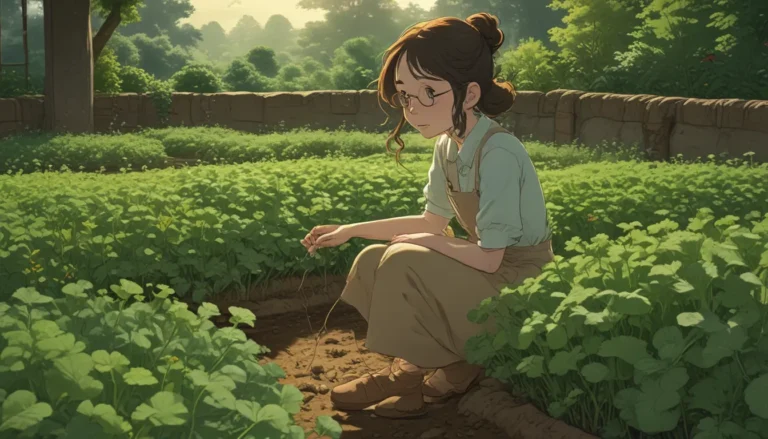Troubleshooting Pumpkin Fruit Production

Watching a vibrant pumpkin plant bloom with beautiful flowers but not producing any pumpkins can be disheartening. You envision your garden full of plump orange gourds for Halloween or a delightful dinner party, only to be left with empty vines. If you’re facing this issue, fret not! Let’s dive into the top reasons why your pumpkin isn’t producing fruit and how you can resolve it.
Why Isn’t My Pumpkin Fruiting?
- No Pollination
- Too Much Heat
- Overly Moist Soil
- Drought Conditions
- Excessive Nitrogen
1. No Pollination
The primary reason for a lack of fruit in your pumpkin patch is often due to inadequate pollination. Female flowers need to be pollinated to develop into fruit. Male flowers play a crucial role in attracting bees for pollination. However, if you’re only seeing male flowers, the female flowers might not be ready yet. A shortage of bees can also hinder the pollination process.
To encourage pollination, consider planting bee-friendly flowers like lavender near your pumpkin patch. If needed, hand-pollinate your pumpkins by transferring pollen from male flowers to female flowers.
2. Too Much Heat
Pumpkins thrive in sunlight but can suffer from heat stress when exposed to excessively high temperatures. Heat stress can cause flowers and baby gourds to drop or shrivel, leading to poor fruit production. When temperatures soar, provide shade using covers or shade cloth, and ensure adequate irrigation.
3. Overly Moist Soil
While pumpkins require ample water, overly moist soil can hinder fruit production by stressing the roots and causing young fruit to shrivel. Ensure well-draining soil and protect your pumpkins from excessive moisture during rainy periods. Aim for about an inch of water per week and monitor the soil moisture using simple checks.
4. Drought Conditions
On the other hand, drought conditions can also impact fruit production by causing plants to produce more male flowers than female flowers. To counter this, provide sufficient water to support the growth of female flowers and fruits.
5. Excessive Nitrogen
Too much nitrogen in the soil can lead to excessive leaf and vine growth, resulting in a lack of flowers and fruits. Adjust your fertilizer to include more phosphorus, crucial for flowering and fruiting. Switch to a balanced fertilizer or use phosphorus-rich alternatives to promote flower development.
By addressing these key factors that influence pumpkin fruit production, you can ensure a bountiful harvest of vibrant orange pumpkins in your garden. Overcoming challenges like fruitless vines will make your gardening efforts even more rewarding.
Have you encountered struggles with fruit production in your plants? Share your experiences in the comments below!
For more tips on growing pumpkins, check out these helpful articles:
- How to Choose the Best Halloween Pumpkins to Grow in Your Garden
- 5 Reasons Your Pumpkin Vine Isn’t Blooming
- How to Train Pumpkins to Grow on a Trellis
- 11 of the Best Pumpkins to Grow for Pies, Puree, and Other Treats
Remember, a little care and attention can lead to an abundant harvest of delicious pumpkins that will delight both you and your guests. Happy gardening!





